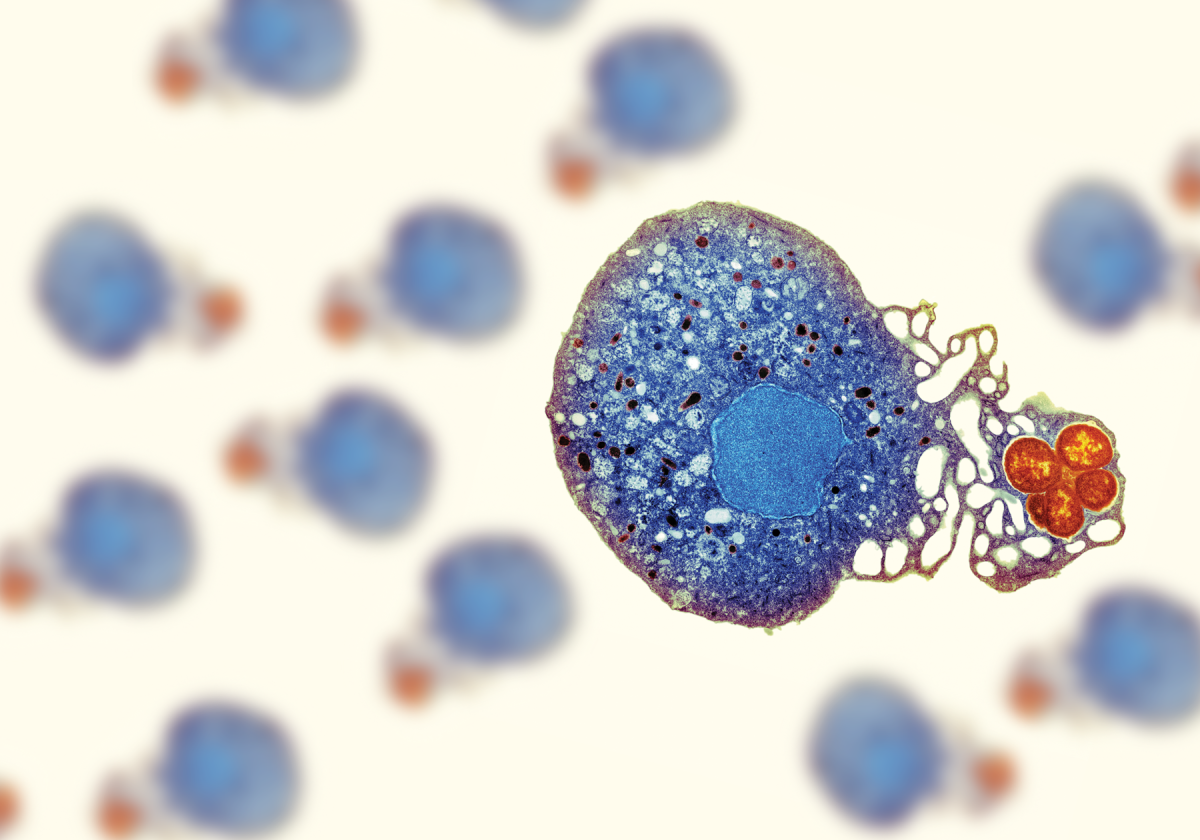Researchers Using Machine Learning To Calibrate NETosis Involved In Inflammation Process
Source: Thailand Medical News Dec 05, 2019 5 years, 11 months, 4 weeks, 1 day, 20 hours, 51 minutes ago
Typically,
inflammation is a hallmark of many health conditions. However, quantifying how the underlying biology of
inflammation contributes to specific diseases has been difficult. For the first time, UNC School of Medicine researchers and colleagues now report the development of a new technology to identify white blood cells called neutrophils that are primed to eject inflammatory DNA into the circulation via a process called
NETosis.

The study findings, published in
Scientific Reports, mark the first time scientists have used machine learning tools for rapid quantitative and qualitative cell analysis in basic science.
Senior author Dr Leslie Parise, Ph.D., professor and chair of the UNC Department of Biochemistry and Biophysics told
Thailand Medical News, "This new test will allow investigators to measure NETosis in different diseases and to test drugs that may inhibit or promote the process."
At any time foreign invaders such as viruses or bacteria enter our bodies, white blood cells rush in to fight the invaders in various ways. One type of white cell, the neutrophil, expels its DNA into the bloodstream to trap bacteria and viruses and aid in their killing to prevent infections. This neutrophil DNA has a net-like appearance and is called Neutrophil Extracellular Traps, or NETs. The process by which this DNA is thrust into the extracellular space is called
NETosis. These so-called DNA NETs are reported to contribute to
inflammation in numerous diseases such as autoimmune disease, sepsis, arthritis, cancers, sickle cell disease, and thrombosis.
The process of
NETosis can be activated by different chemical stimuli but to the eye, the final NETotic neutrophil looks the same. To help distinguish neutrophils activated by different stimuli and in a very rapid manner, the Parise laboratory leaned on
machine learning, a branch of
artificial intelligence built on the idea that computers can acquire knowledge through data and observations without explicit programming. The computers can then learn to generalize from examples and make predictions.
To date,
Machine learning has been used in analysis of genomics, drug discovery, modeling protein structures, and disease diagnosis. Few studies have used automated imaging technologies with machine learning in non-diagnostic and exploratory research-focused efforts, such as cell quantification in animal models.
Co-author Dr Joshua Cooper, Ph.D., Professor in the Department of Mathematics at the University of South Carolina added, "The
machine learning revolution has come about only in the past few years due to rapid developments in parallel computing and mathematical optimization theory. Most scientific work using these extraordinarily powerful tools thus far has focused on building predictive models, and usually on very expensive equipment. We have shown it's also possible to deploy these tools on commodity hardware to advance fundamental science by automating analyses previously requiring enormous amounts of human labor, and by transforming qua
litative biological morphology into measurably quantitative features."
The process of cell classification is laborious, relying on heavily supervised image analysis tools with the need for continuous user interaction. Although the reduced error rates and exceptional learning speeds of
machine learning have the potential to transform the field of cellular imaging, they have not been widely adopted in the biological sciences, in part because of a lack of testing and validation of such methods due to shortages of large datasets for training.
CNNs or Convolutional neural networks are deep learning algorithms commonly used in image recognition and classification. Their structure was inspired by the structure of the mammalian visual cortex, whose function is pattern recognition and computing complex object attributes.
In the published paper, first author Dr Laila Elsherif, Ph.D., and colleagues including co-authors Noah Sciaky at UNC and Joshua Cooper, Ph.D., at the University of South Carolina, demonstrated for the first time the feasibility of designing different CNNs to address key questions related to neutrophil NETosis.
Dr Elsherif, who is now a faculty member at University of Tennessee, applied this new technology to sickle cell disease (SCD) because chronic
inflammation and hypercoagulability are well known complications in SCD patients, and NETs are thought to be important for both
inflammation and blood clotting. Also, previous studies found that plasma from SCD patients caused NET production in neutrophils from healthy individuals, leading to the conclusion that
NETosis is associated with SCD pathophysiology.
Both studies used surrogate indicators for
NETosis and did not measure
NETosis directly in neutrophils isolated from SCD patients.
Dr Elsherif added, "Our technology allows us to quantitatively assess
NETosis in neutrophils of patients with SCD where patients are not experiencing pain and other symptoms associated with crisis."
The researchers applied their new technology to find that one pathway of
NETosis appears to be absent in the patients tested.
Dr Elsherif said, "The decreased potential for
NETosis in neutrophils from patients with SCD could explain their increased susceptibility to certain invasive bacterial infections, as their neutrophils are unable to NETose and trap and kill bacteria efficiently. Our results could also reflect the response of neutrophils from patients with SCD to hydroxyurea or other pharmacological interventions. Additional studies with a larger patient cohort are certainly warranted and could elucidate important aspects in SCD disease mechanisms."
Reference : Laila Elsherif et al, Machine Learning to Quantitate Neutrophil NETosis, Scientific Reports (2019). DOI: 10.1038/s41598-019-53202-5
